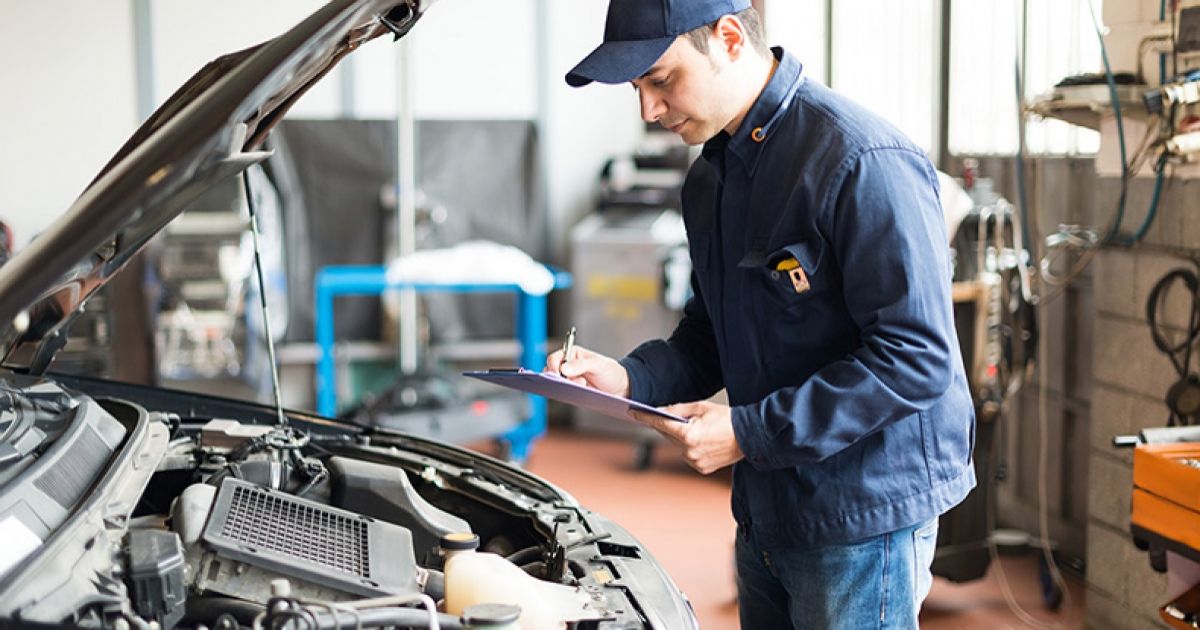
What is checked on an MOT?
Brakes
Along with your tyres, your brakes are the most safety-critical components of all, and they must work properly to pass the MOT.
Testers usually put the car on rollers to check the brakes decelerate it effectively, and that they’re correctly balanced – i.e. that it stops in a straight line. The pedal rubber must not be worn to excess and the ABS warning light must work if anti-lock brakes are fitted. The handbrake/parking brake must work and hold the car firmly, even on a steep incline.
Brake condition is also assessed by examining the discs, pads and calipers, plus the relevant pipes and cables. Under the bonnet, the brake servo and master cylinder will be examined, too.
Bodywork
Sharp edges on the bodywork caused by corrosion or accident damage are not permitted, as they could injure pedestrians.
Rust is an MOT issue more generally, particularly for older cars. Excessive corrosion on safety-related parts, such as the steering and brakes, is a no-no, while rust within 30cm of these components may also result in a fail.
Doors and openings
Testers will check that the doors can be opened from inside and outside the car, and that all openings – including the bonnet and tailgate – can be shut securely.
Exhaust and emissions
For fuel powered vehicles, emissions are tested using specialist equipment connected to your car’s exhaust. The legal limit varies depending on the age of the vehicle, with much stricter standards for newer cars.
Visible smoke from the tailpipe may mean an MOT fail – as can excessive noise so boy racers should beware.
The tester will also check both the exhaust system and fuel filler cap are fixed securely to prevent possible leaks.
Horn
A simple one: the horn must work, and be loud enough to be audible to other vehicles. Also, ‘novelty’ car horns that play multiple notes or tunes are not allowed.
Lights
All lamps must be working correctly, including headlights, tail lights, indicators (inc. hazard lights), side lights, brake lights and rear fog lights. The latter are only required on cars built post-1986, and must activate a tell-tale symbol on the dashboard to alert the driver when they’re switched on.
The alignment of the headlights is also checked – and adjusted if necessary – to avoid dazzling oncoming traffic. All cars built after 1 April 1980 must have two red rear reflectors.
